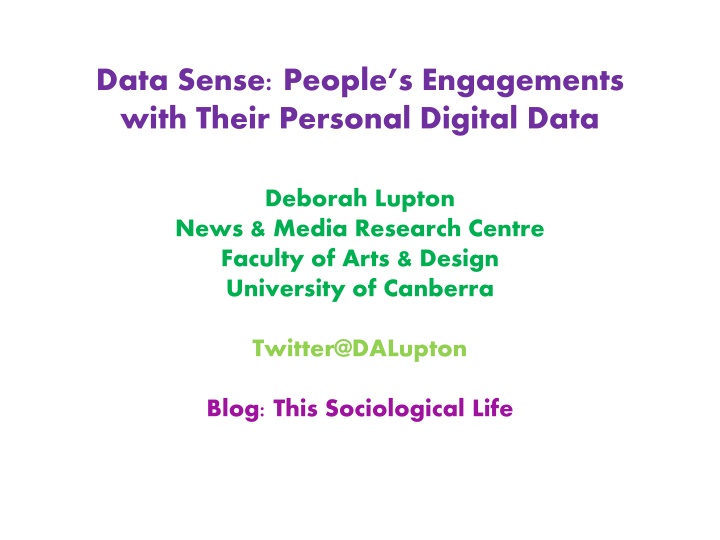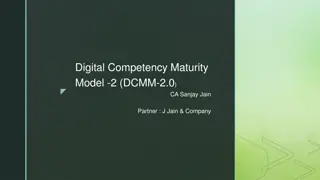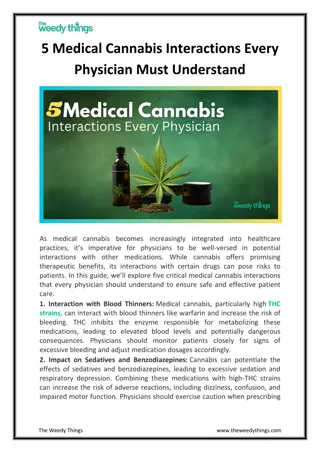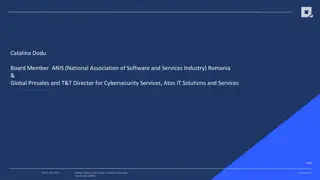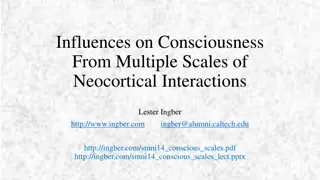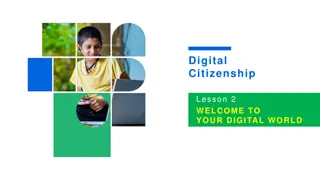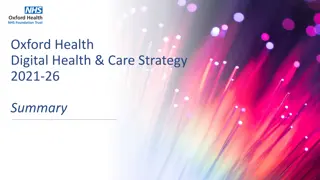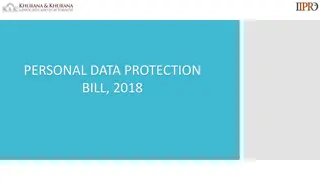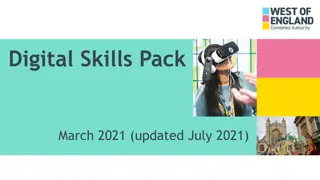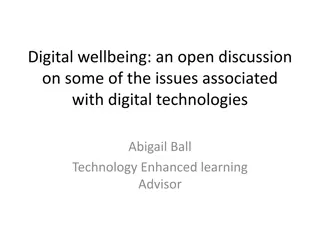Human-Data Interactions in Personal Digital Data Engagements
Delve into the intricate world of human-data interactions in the realm of personal digital data engagements. Investigate how individuals use and perceive their digital data, exploring the intersections of technology, data usage, and human life. Discover the vitality of digital data in shaping our social lives, impacting our existence, and possessing biovalue. Uncover the significance of data sense, human senses, digital sensors, and sense-making in the realm of data interpretation and utilization.
Download Presentation

Please find below an Image/Link to download the presentation.
The content on the website is provided AS IS for your information and personal use only. It may not be sold, licensed, or shared on other websites without obtaining consent from the author.If you encounter any issues during the download, it is possible that the publisher has removed the file from their server.
You are allowed to download the files provided on this website for personal or commercial use, subject to the condition that they are used lawfully. All files are the property of their respective owners.
The content on the website is provided AS IS for your information and personal use only. It may not be sold, licensed, or shared on other websites without obtaining consent from the author.
E N D
Presentation Transcript
Data Sense: Peoples Engagements with Their Personal Digital Data Deborah Lupton News & Media Research Centre Faculty of Arts & Design University of Canberra Twitter@DALupton Blog: This Sociological Life
Living Digital Data research program How to people use and conceptualise their personal digital data? What do they know of how their data are used by others? How do they use other people s data? What are the intersections of lively devices, lively data and human life itself?
The vitality of digital data social lives of data data impact on life data possess biovalue data about life lively data
Data sense human senses digital sensors sense- making data sense
Cycling Data Assemblages project human space/place bicycle digital device emotion human senses digital data
Elements to explore (from Vannini) Relations of humans-nonhumans Doings (practices, actions, performances, habits, routines) The spoken and the unspoken Affective resonances New forms of life Backgrounds and atmospheres
Data collection for Cycling Data Assemblages Project Research team Deborah Lupton, Sarah Pink, Shanti Sumartojo, Christine Heyes Labond 1. Interview 1 (talk to participant about their self- tracking and cycling practices) 2. Enactment of participant getting ready for a ride and finishing a ride 3. Participant records GoPro footage of a ride 4. Interview 2 (watch the GoPro footage with the participant and look at the self-tracked data they collected on their ride)
Participant shows and talks about his cycling data on his phone app
Participant shows and talks about his cycling data on his computer screen
Findings What can self-tracked data do? provide documented proof that a ride took place and how long and fast it was confirm how you are feeling I m seeing myself getting fitter you can see how your physiology is responding seeing heart rate tells me how much work I m doing help explain why you felt a certain way about a ride remind you of how you felt during the ride Data show you feel
Findings What can self-tracked data do? motivate by giving external validation make me work harder (when viewed while riding) distance travelled gives a sense of achievement make me feel like part of a community even when riding alone Data make you feel
Findings What can self-tracked data do? make you more aware of parts of the ride (e.g. Strava segments ) make you more aware of other cyclists (on the same app/platform) assist riding technique (noticing speed, anticipating gear changes) Data sensitise
Findings What can t self-tracked data do? always be accurate record + acknowledge many aspects of embodiment Data must be negotiated/made sense of
Findings How to make sense of the data assess against previous experiences and previous data assess against weather conditions, bike affordances and how body is feeling
When data do not make sense stuck data disloyal data obsolete data unreliable data dirty data decayed data dead data lost data vulnerable data
